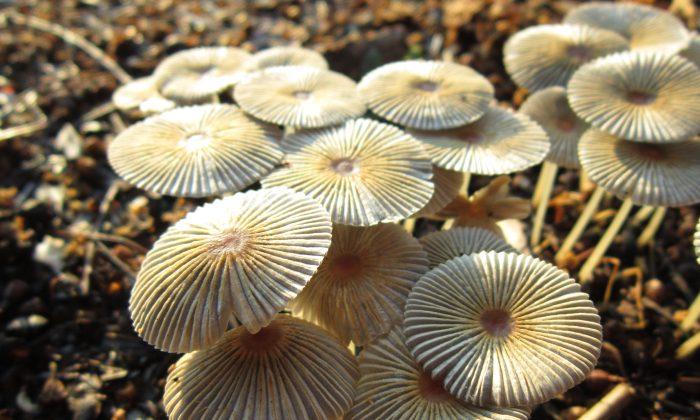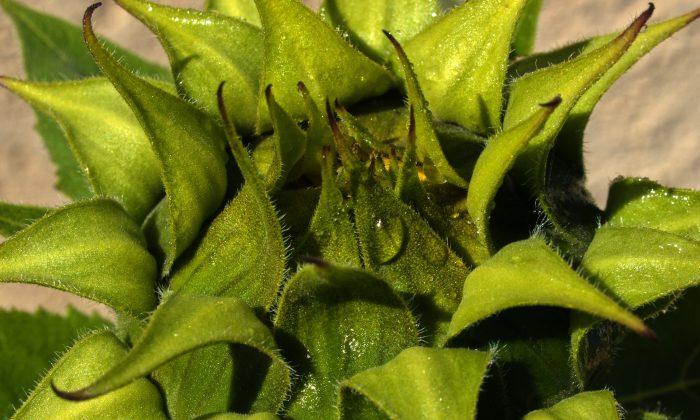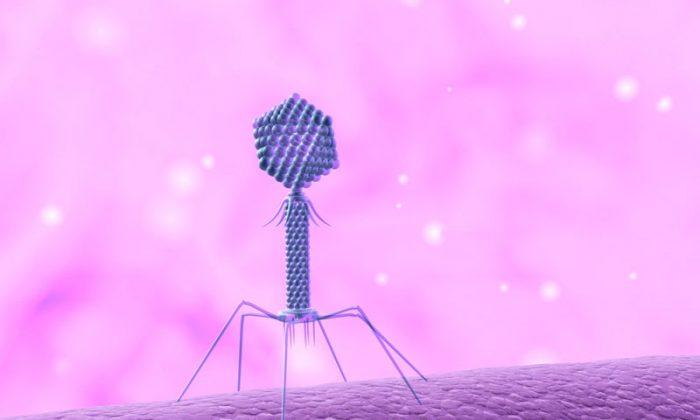More than 50 percent of scientists believe climate change is caused by human activities. But ask a farmer and you'll get a very different answer.
A new study surveyed 6,795 people in the agricultural sector in 2011-2012 to find out what they think about climate change and whether variation in the climate is triggered by people, natural causes, or an equal combination of both.
More than 90 percent of the scientists and climatologists surveyed say they believe climate change is occurring, with more than half attributing it to primarily to human activities.
In contrast, 66 percent of corn producers surveyed say they believe climate change is occurring—and only 8 percent pinpoint human activities as the main cause.
A quarter of producers say they believe climate change is caused mostly by natural shifts in the environment, and 31 percent say there isn’t enough evidence to determine whether climate change is happening or not.
Published in the Bulletin of the American Meteorological Society, the survey results highlight the division between scientists and farmers over climate change and the challenges in communicating climate data and trends in non-polarizing ways, says Linda Prokopy, associate professor of natural resource social science at Purdue University.
How Will Farmers Respond?
“Whenever climate change gets introduced, the conversation tends to turn political,” Prokopy says. “Scientists and climatologists are saying climate change is happening, and agricultural commodity groups and farmers are saying they don’t believe that.
“Our research suggests that this disparity in beliefs may cause agricultural stakeholders to respond to climate information very differently.”
Climate change presents both potential gains and threats to US agriculture. Warmer temperatures could extend the growing season in northern latitudes, and an increase in atmospheric carbon dioxide could improve the water use efficiency of some crops. But increases in weather variability and extreme weather events could lower crop yields.
Growers can manage the potential risks linked to extreme rain events and soil degradation by using adaptive strategies such as planting cover crops, using no-till techniques, increasing the biodiversity of grasses and forage, and extending crop rotations, Prokopy says.
These strategies contribute to soil health and water quality and also help capture carbon dioxide, reducing the amount of greenhouse gases released into the atmosphere by agricultural systems.
The Farmer’s Pov
Currently, agriculture accounts for 10-12 percent of the total human-caused greenhouse gas emissions globally.
Focusing on the causes of climate change, however, is likely to polarize the agricultural community and lead to inaction, says study coauthor Lois Wright Morton, professor of sociology at Iowa State University. To foster productive dialogue, she says, scientists and climatologists need to “start from the farmer’s perspective.”
“Farmers are problem solvers,” she says. “A majority of farmers view excess water on their land and variable weather as problems and are willing to adapt their practices to protect their farm operation. Initiating conversations about adaptive management is more effective than talking about the causes of climate change.”
The gap in views on climate change is caused in part by how individuals combine scientific facts with their own personal values, Morton says.
“Differences in beliefs are related to a variety of factors, such as personal experiences, cultural and social influences, and perceptions of risk and vulnerability,” she says.
Scientists should “recognize that their worldviews may be different than those of farmers,” Prokopy says. “Moderating communication of climate information based on that realization is key.”
Climate science could also be better communicated by using intermediaries such as Extension educators and agricultural advisers to translate data in ways that are most relevant to growers, she says.
“Farmers are by necessity very focused on short-term weather, in-season decisions, and managing immediate risks. They’re thinking about when they can get in their field to do what they need to do, rather than looking 20 to 30 years down the road.”
The surveys were conducted as part of two large-scale projects, Useful to Usable and the Corn-based Cropping Systems Coordinated Agricultural Project, that were funded by the US Department of Agriculture’s National Institute of Food and Agriculture. Purdue University, Iowa State University, and the Iowa Natural Resource Conservation Service also provided funding.
Source: Purdue University. Republished from Futurity.org under Creative Commons license 3.0. Read the original.
*Image of a farmer in Iowa by Sonya Green, via Flickr



